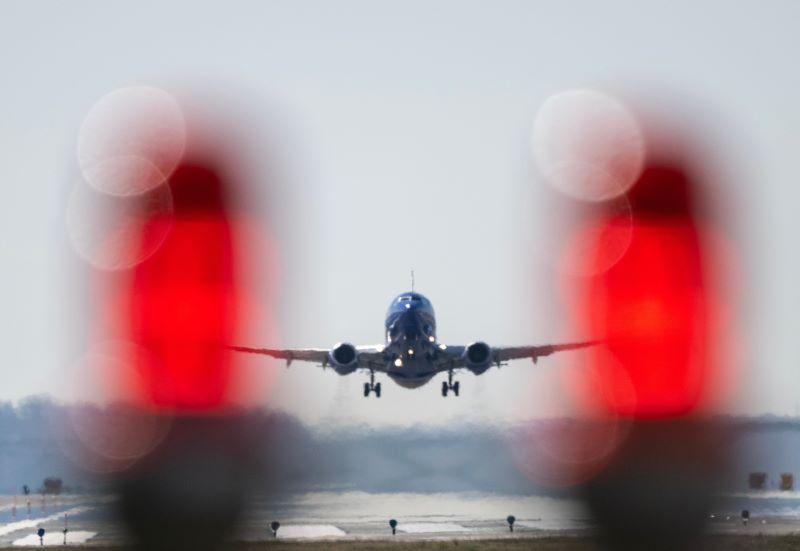FAA’s Nolen: Industry Must Expand ‘Zero Fatalities’ Approach To Incidents

The next steps in U.S. commercial aviation safety risk mitigation will be taken by harnessing more data and adopting a no-close-calls mentality similar to the zero fatalities approach that has served the industry well, acting FAA Administrator Billy Nolen said.
“[It’s] no longer good enough to say that zero is the only acceptable number for fatal accidents,” Nolen told attendees at FAA InfoShare, an industry gathering designed to share safety lessons learned. “Going forward, zero has to be the only acceptable number for serious incidents and close calls.”
Nolen’s March 28 remarks, made public by the FAA since InfoShare is an off-the-record, industry-only event, outline a massive undertaking for an industry that has pushed safety to nearly incomprehensible levels. But that success has come with a price.
“When we’ve produced the kind of record we have, it’s easy to get comfortable. To get complacent. To think we have a handle on things,” Nolen said.
Mix in the rarity of accidents—fatal and non-fatal—and industry has fewer acute safety problems to solve.
“How do we make the system safer when we have so few dots to connect?” Nolen asked.
Part of the answer, he believes, lies in looking at data differently.
“Simply put, we need to share more types of data, in greater amounts, at a faster rate than before,” he said. “And we have to continue our work to become predictive, not just preventive, when it comes to addressing risk.”
The FAA is spearheading a push to pinpoint new safety risks following a series of serious incidents in the last few months, including at least six runway incursions involving Part 121 aircraft. A March 15 summit served as the kickoff, framing the issues and highlighting some starting points, including greater use of data.
Nolen’s push comes in a uniquely challenging environment. Surging travel demand following 2020’s historic downturn is testing air transport stakeholders’ ability to ramp up quickly and function efficiently with workforces that look much different than they did four years ago.
“We are at an inflection point right now, with new and different stressors affecting the system,” Nolen said. “Air travel is coming back in a big way since the pandemic. But the long layoff, coupled with the increased technical nature of our systems, might have caused some professionals to lose some of that muscle memory. On top of that, we’re contending with the loss of experience, as the pandemic forced many seasoned professionals into retirement.”
Manufacturers and airlines have been developing ways to use data to predict problems for years. Most of these applications deal with hardware, however—measuring an engine’s key parameters to detect when a part might fail, for instance.
Nolen’s vision will require moving far beyond looking at data from sensors embedded in aircraft. Possibilities include flight tracking services tuned to flag anomalies, such as what Aireon provides the FAA, Boeing, and others.
It will also require some insights into human behavior, such as analyzing pilots’ schedules to try and project when a combination of factors—such as fatigue at the end of a long day of flying and operating at a particularly busy or tricky airfield—might heighten risk.
Analysis of such data and development of advanced models will likely involve organizations outside of aviation. While this could raise red flags among groups hesitant to grant access to sensitive data, Nolen said industry has dealt with this before—citing the Aviation Safety Information Analysis and Sharing (ASIAS) system as an example.
“We have to make our data available faster so that experts like these can offer us solutions, while making sure the data is always protected,” he said. “We’ve dealt with trust barriers before. When ASIAS started, there were operators who were reluctant to submit data unless other operators were sharing it too. But we overcame that.”
Adding to the challenge: data must change hands and be broken down more quickly than current programs permit.
“Today, when the safety data gets through all of the gatekeepers, it could be weeks before the system knows about it. By that time, the risk picture could have changed,” Nolen said. “We have to be able to access the data in real-time. This will give us a more realistic picture of the risk lurking on any given day.”
“We’ve become really great at eliminating accidents,” Nolen continued. “Now, let’s develop a data-sharing model that makes us really great at preventing serious incidents and close calls.”
